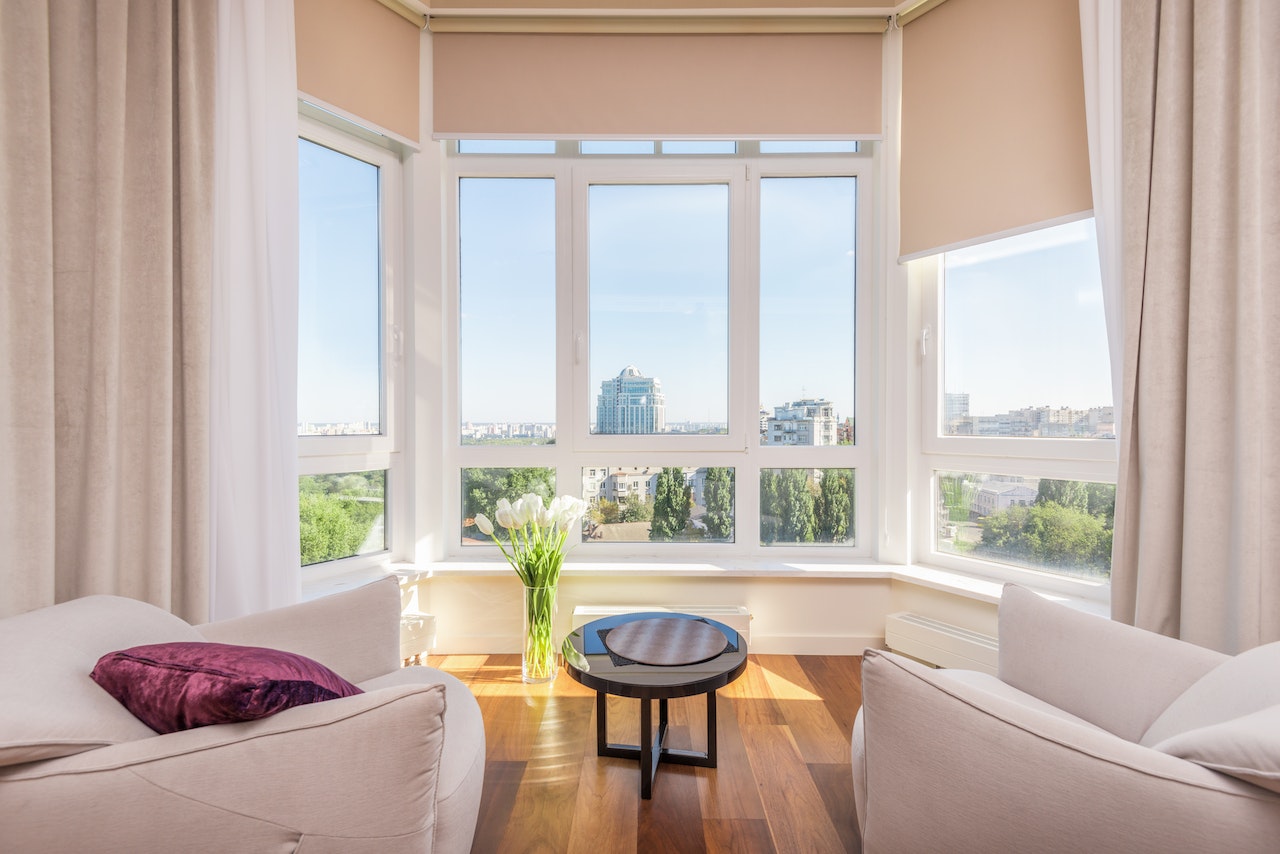
Best Window Styles For Awesome Ventilation And Lighting
As a homeowner, you want what’s best for your home. You want it to be attractive, functional, and comfortable. There are many factors to consider when it comes to windows. But don’t worry, we’re here to help. In this blog post, we’ll go over the best window styles for ventilation and lighting so that you can make the best decision for your home.
Casement Windows
Casement windows are a great option if you’re looking for ventilation and light. They open outward and have a crank mechanism that makes them easy to open and close. Because they open fully, they allow for maximum airflow. And, because they’re usually placed high on walls, they let in a lot of natural light.
Casement windows are opened on the side and pushed outwards to the left or right for ventilation throughout the whole window. They are low-maintenance, making them a good choice for those looking to save money on their energy bills. And, because they open fully, you can easily clean them inside your home.
If you’re looking for windows that are a bit easier to open and close, especially in areas where pushing the window sash up might be difficult (like above the kitchen sink), then casement windows are a great option. They’re most commonly installed in pairs – one for each side of the window opening. As far as costs go, depending on material choices and where you purchase them from, homeowners can expect to pay between $270-$750 per installation.
Awning Windows
Awning windows are similar to casement windows in that they open outward with a crank mechanism. But, instead of being placed high on walls, they’re usually lower. They are a good option if you want ventilation without sacrificing natural light.
Hopper Windows
Hopper windows are another excellent option for ventilation and light. They open inward and are hinged at the bottom. They’re usually placed high on walls or basements because they take up less space when opened.
A little window known as a “hopper window” can open either upwards or downwards, depending on the model. Like casement windows, they are opened with a turning crank, but what sets them apart is the direction in which they open. For example, a top-hung hopper window will extend from the bottom up, while a side-hung model will open from the side. These windows are frequently used in small spaces that necessitate ventilation, such as bathrooms. The average cost to install a hopper window is $150-$250.
Hopper windows are used to provide natural light to dark places in basements. Because it is usually installed underground, the seal on this sort of window is more robust than usual. Cleaning is simple because they open inward. You can wash them from the inside without any issues.
Sliding Windows
Sliding windows are horizontal windows that slide open from one side to the other. They’re a popular choice because they’re easy to open and don’t take up any extra space when opened. They allow a lot of natural light in but aren’t the best choice for ventilation since they don’t open fully.
A sliding window has two glass panes that may move to the left or right. There are generally three tracks, with a screen taking up the third. Sliding windows have fewer components than other types, making them more simple to install and maintain. Sliding windows are highly durable and low-maintenance due to their smaller number of moving parts. The cost of installation for a sliding window is between $320 and $1,300 per home.
Skylight Windows
Skylight windows, like mirrors, may improve the look of your homes by opening them up and letting a great deal more natural light enter during the day. Homeowners can also enjoy a view of the night sky, a storm brewing, and whatever else the upward aspect of the outside has to offer if they install them on their roof.
Skylight windows are becoming more popular in residential homes. There are two types of skylight windows: glass and plastic. Depending on the manufacturer, you can open some skylight windows to allow for ventilation. The average cost of installation is $1,000-$4,000.
Bay and Bow Windows
Bay windows have three windows: one huge in the center and two smaller ones on either side. They protrude from the wall and create a tiny nook within the house. Bow windows are similar to bay windows but have four windows instead of three. They’re often larger than bay windows and create a more dramatic look.
Bay and bow windows are a good choice if you want to add extra space to your home. They can be used as a small reading area or a place to display plants.
The average installation cost for a bay window is $1,200-$3,000. The average installation cost for a bow window is $3,000-$5,000.
Specialty Windows
Specialty windows are unique and often custom-made. They can be any shape or size and are usually used to add an architectural touch to the home.
Some common specialty windows include:
- Picture windows – These windows are large, fixed, that doesn’t open. They’re used to framing views and letting in natural light.
- Storm windows – Storm windows are an extra layer of protection against bad weather. They’re made of tempered glass and are often used in combination with other windows.
- Egress windows – Egress windows are required by law in some areas. They’re usually installed in basements and provide a way to escape the home in an emergency.
Specialty windows can be made from various materials, including wood, vinyl, and aluminum. The average cost of installation is $1,000-$5,000.
When it comes to home windows, there are numerous variables to consider. But hopefully, this blog post has made the decision a little easier by going over the best window styles for ventilation and lighting. Contact us today if you have any questions or need help choosing the right windows for your home! We’d be glad to assist you in making the greatest option for your home sweet home.

